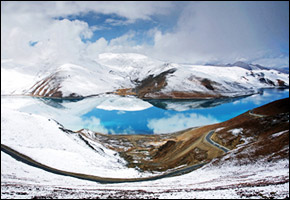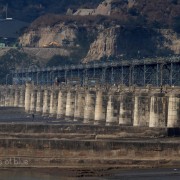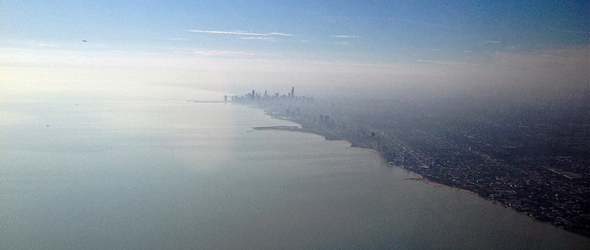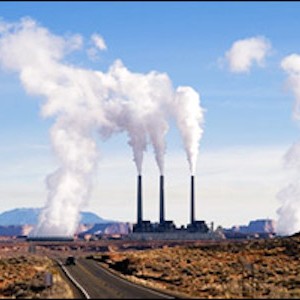Going against the Flow: India, Bangladesh worry China may Divert Water from Tibet

BANGALORE — As China becomes increasingly stressed for water, it comes closer to slaking its thirst with Tibet’s Yalong Tsangpo River, known in India as the Brahmaputra. But international interests downstream worry about the impact on the environment, agriculture and politics.
China currently plans to divert the Yalong Tsangpo as the river bends from Tibet toward India. It intends to use the water for a hydro-electric project, as well as for its population in the dry north and northwest. According to the Asia Times, Chinese Prime Minister Wen Jiabao admits the “survival of the Chinese nation” depends on whether it can secure enough water. With a quarter of the country categorized as desert, China considers Tibet a ready solution.
Yet not only China suffers from water scarcity. If the diversion occurs, northeastern India and Bangladesh could access significantly less water from the Brahmaputra — a detriment to their agriculture and an environmental hazard.
At least 47 percent of the population worldwide depends on access to the water flowing from the Tibetan Plateau. “If Beijing goes ahead with the Tsangpo project it would practically mean a declaration of war against South Asia,” India-China watcher Claude Arpi told Asia Times.
Learn more from Circle of Blue’s in-depth reporting on China, Tibet and the Strategic Power of Water.
Read more about China’s diversion plans here.
Source: Asia Times









Yes, China desperately needs water. Not only because it is made up of 35% desert that is expanding – but because of the gross pollution and mismanagement of its existing water resources. Over 50% of China’s main rivers are polluted. In surface waters near major urban centers – approximately 90% have rivers, lakes and reservoirs unfit for drinking and swimming.
About 400 of china’s 668 cities now suffer from water shortages – meaning that taps may flow a fraction of the day – or not at all. And, a guestimated 20-million Chinese don’t have access to running water, while another 200 million experience water shortages in some form of government rationing.
Every summer there are rivers, lakes and reservoirs that go dry or come close to doing so. The Songhua River, for example, which supplies over 20 million – sometimes goes dry.
Instead of trying to reverse the pollution and mismanagement of its existing resources – China is now planning a huge pipeline project to steal the water flowing from Tibet’s Himalaya region. Such a move, as this article explains – could destabilize the entire region – economically, politically, and environmentally. William E. Marks